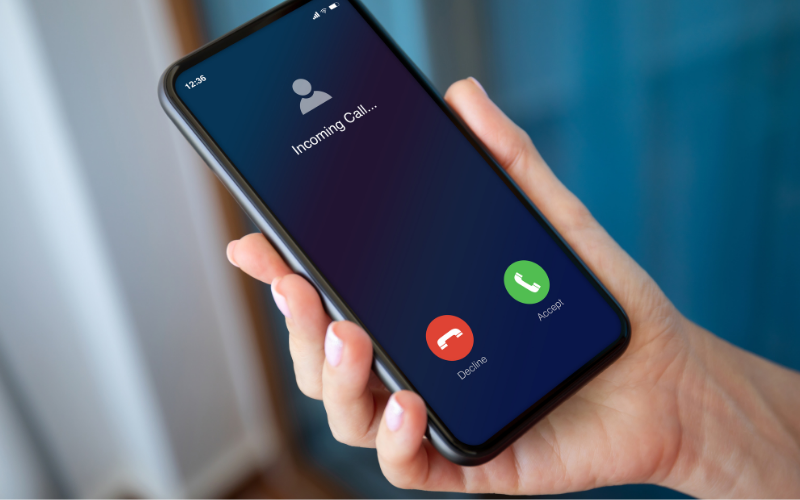Ghosting is a term that’s previously been associated with the world of dating, but, ask any Recruiter and they’ll tell you, it’s a trend that’s happening all too frequently with job seekers as well.
So, what is ghosting? Ghosting is a colloquial phrase for when someone disappears without a trace; you might think things are going well and headed in the right direction, but then they don’t return your calls, your emails, your texts, your What’s Apps (you get the picture…).
For any Hirer it’s a source of frustration; a drain on time and resources and, in the absence of any obvious reason as to what went wrong, you’re also left wondering why.
According to a report by Indeed released in February 2021, as many as 28% of candidates have ghosted a prospective employer in the last year. As the report goes on to say, it’s a two-way street, with 77% of job seekers say they’ve been ghosted by an employer.
Ghosting can happen at any point during the on-boarding process, whether it’s just after an initial chat right through to someone getting as far as accepting a job offer then not turning up on their first day of work. Clearly, the later down the line it happens, the more frustrating it is.
It’s something that’s going to happen to every HR team and Recruiter from time to time, but what can we do to minimise it happening?
TRANSPARENCY
No one ever wants to get ghosted, but *if* there’s a good time for it to happen, it’s as early on in the process as possible, before you’ve invested too much time into a candidate.
Therefore, it makes sense to be as open and transparent with your candidates from the outset.
Is there something about the role that might be a turn off? Such as working weekends or a lower-than-average pay rate? It’s best to get it out in the open straight away.
COMMUNICATION
Setting out the structure of your on-boarding process early on gives you both something to work towards, but don't be too rigid. Be aware that candidates may have questions that pop up outside of this. Are you, or one of your team, available? Do you go back to them when you say you will? Small touches like this can really make a candidate feel valued and important.
Always keep your candidates informed and updated throughout the process, so even if you don’t end up hiring them, it will reflect well on you and your employer brand. Likewise, candidates want to know where they stand and you don’t want to run the risk of them getting cold feet.
TIME
If you don’t move quickly, someone else will.
One of the top reasons cited by candidates for ghosting an employer was that they’d already been offered another job.
Once you’ve identified a potential candidate who seems like they’re ticking your boxes, make sure they’re not left waiting for the next step. In these times where interviews can take place pretty much instantly over video call, there’s really no excuse for huge gaps between on-boarding stages.
A HUMAN TOUCH
Whilst automation in the recruitment process might make life easier in some ways, don’t lose sight of the importance of building a relationship with your candidates from the start.
By engaging with candidates on a human level you’re much more likely to gain their buy-in and build a connection. After-all, an auto-generated email is much easier to ignore than a phone call from someone you've spoken to several times.
It can also be really effective for the actual decision-maker to have as much of the contact as possible too, or at least give the candidate a line of communication to them. It shows the candidate that they’re being taken seriously, their time is valued and they are respected.

